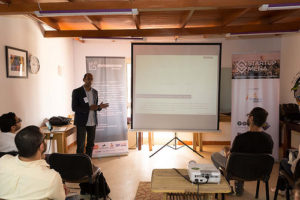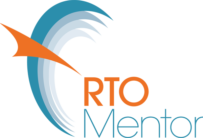Clustering units of competence for learning and assessment can assist RTOs to produce strategies that realise significant efficiency benefits for the organisation.
Clustering in assessments is when a number of units of competency from the training qualification you are delivering are similar in nature and can be grouped together to address training and assessment. It the process of grouping competencies into combinations which have meaning and purpose related to work functions or needs in an industry. Often it depends on the specifics of the job role or function, and it can work very effectively.
When developing your training and assessment strategies you need to reflect the workplace (and consultation) in the learning and assessment experience. Often units are written in small bite sized chunks. By clustering units you assess against a job task as it is performed in the workplace. Your learning and assessment materials that reflect the workplace will therefore assist the student in putting the knowledge and skills being learned or assessed in a real work context. This approach is more meaningful for the learner/candidate and increases the likelihood of them being able to transfer the knowledge and skills from the classroom setting to the workplace.
Efficiencies 
Clustering units brings about significant efficiencies, as common knowledge, skills and performance requirements can be identified and addressed together, instead of multiple times with each unit. It is simpler, but not lacking in integrity.
As an example I was working with a client the other day writing assessments. We were at the planning stages for an updated Training Package so were reviewing the assessment strategy, and the work tasks that occurred that could incorporate one, two or maybe three different units of competency. We found that there was some tasks that we could cluster the units together into one assessment.
An example of units could be look like:
- Plan a complete activity
- Organise and communicate information
- Work with others in a manufacturing, engineering or related environment
They fall into a similar area and naturally flow together.
You might find that you have been receiving feedback from students saying the assessments in the past had been repetitive. By clustering you would be able to reduce the repetition, yet maintain the integrity of the units.
The benefits to clustering include:
- Reduced duplication of the assessment (especially in relation to skills and knowledge)
- There is efficiency of effort for the trainer/assessor and learner/candidate.
- The assessment makes logically reflects a real work scenario and therefore makes sense to the employee
- It reduces inconvenience for the employer
- You can address the unit of competence co-requisite requirements (if required)
- You can meet the required competency profile of the learner/candidate
- maximised efficiency of effort for the trainer/assessor and the student
- It maximises the opportunities for holistic evidence gathering in the assessment process
- It may address any co-requisite requirements of a unit of competency
After you have developed the assessment tasks you must remember to map the integrated assessment task(s) to all requirements of the applicable units of competency. Each unit individually.
The mapping exercise actually is another step to improve and streamline the proposed assessment tasks. Mapping it back allows you to see any gaps in the assessment that you might have missed. So it is an important step of the process.
When clustering is done well it provides for holistic, efficient and meaningful learning and demonstration of competency. This assessment approach also integrates the application of knowledge, technical skills, problem solving and demonstration of attitudes and ethics.
Remember:
It is important when units are grouped, that thorough mapping is conducted for each unit of competency individually and a meaningful schedule of knowledge and skills development planned. Successful performance of the job role then provides the evidence required for assessment. This assists in minimising disruption to the work place and over assessment.
How to move forward
The best way to persuade someone of your new approach is to begin with three agreements:
Agree on the goals. We both want the same outcomes, we’re just trying different ways to get there.
Agree on reality. We need to get consultation and be mindful of the workplace. If tasks are done in a certain way and units can be clustered then try it. These facts support the evidence.
Agree on measurement. Because you’ve agreed on the goals and reality, you are on your way to agree on what success looks like. As you know however an RTO is all about continuous improvement, so success is often a moveable feast.
By having the agreement of all three areas above you are on the same journey, and can hold each other accountable for the work. Any other approach could cause extra work for your students, and colleagues, or worst yourself.
Enjoy and happy clustering
Making sure you’re compliant
Contact Merinda
